Sauvignon blanc is a variety of white wine grape, originating from the Bordeaux region of France. This is the 2nd most popular French white grape after Chardonnay. Nowadays, it is most widespread throughout the middle reaches of the Loire river.
Without a doubt, Sauvignon blanc is among the royalty of white grape varieties. Thanks to its series of specific characteristics, it is one of the varieties easiest to remember and recognize. Sauvignon blanc grapes deliver particularly flavorful and fresh wines, distinguished by their mellowness and crystal clarity.
Sauvignon blanc is finicky when it comes to soil and climate. It blooms late and ripens early, which is why it doesn't need any extra warmth. The preferred soils in which it thrives are limestone-clay ones. It ripens mid-September and is moderately resistant to winter temperatures.
Sauvignon blanc thrives well in open regions. Once ripened, the sugar content reaches 20-24%. The grape clusters are small to medium sized, weighing about 3.5 oz (100 g) each. The grapes are small and spherical, slightly ellipsoid and often malformed due to the dense growth of the clusters. The skin is yellow-green, and only yellow-amber once fully ripened. The meaty part is tender and sweet, with a delightful acidulous taste.
There are several different subcategories of Sauvignon blanc, all with a different coloration of the grapes - Sauvignon Noir, Sauvignon Violet, Sauvignon Rouge, Sauvignon Rose.
Sauvignon Blanc Wine Regions
Unquestioningly, Sauvignon blanc is most widespread in France, where plantations of this variety reach up to 12 000 ha. Mainly they are found along the middle reaches of the Loire river, where the vineyards yield the cleanest and freshest Sauvignon blanc grapes. Another major region in France is Bordeaux, where Sauvignon blanc is found mainly as a blend with Muscadelle and Semillon in all white wines and very rarely on its own.
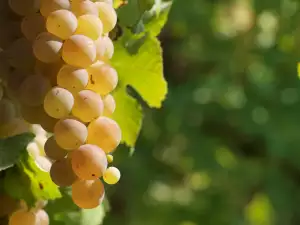
Aside from the Loire river, the most impressive Sauvignon blanc is found in New Zealand. The style used in making Sauvignon blanc there has with time become the standard for all producers in the New World, solidifying the island nation's rightful place among the world's wine elite. New Zealand Sauvignon blanc wines are flavorful, concentrated and fruity.
In California, this variety is known as Blanc Fume and is the 4th most popular grape variety, taking up an area of about 7500 ha. Californian wines of this variety are pure and pleasant, and even those that fall into the lower price category are an excellent example of typical Sauvignon blanc.
In Italy, Sauvignon blanc vineyards are found in the northern part of the country. The climate of the region allows for miraculous results.
In South Africa, the best Sauvignon blanc comes from the colder coastal regions of the country. In Chile and Argentina, they can boast of distinguished success in the exportation of these types of wines, even though there are tremendous difficulties in growing and cultivating this variety there.
Besides in the aforementioned countries, the variety is found in Romania, Serbia, Macedonia, Slovenia, Austria, Canada, Mexico, Slovakia, Australia, Spain and elsewhere as well.
In California, Sauvignon blanc gained wider popularity when one of the biggest wine producers in the US, Robert Mondavi, presented a Sauvignon blanc variety on the market that was greatly influenced by an oak container - bearing the name "Fume Blanc". On the American market today, wines from Sauvignon blanc grapes are the 2nd most consumed following the white wine favorite Chardonnay.
Characteristics of Sauvignon Blanc
Sauvignon blanc wines are characterized by mellowness and crystal purity. The main characteristic of Sauvignon blanc is immediately noticed, piercing, fresh, fine and with an exceptionally balanced taste. The properties of these wines are very dependent on the harvest and actual skills of the producer, more so than the region itself. The most typical nuances in the flavor of the wines produced from Sauvignon blanc are considered to be tropical fruits, hay and gooseberries.
Serving Sauvignon Blanc
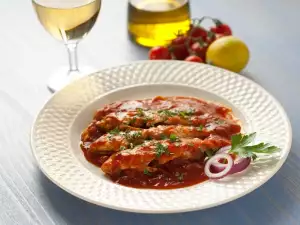
Sauvignon blanc is served well cooled and needs to be consumed while still young. This means that Sauvignon blanc wines are incapable of aging, i.e. they do not improve their taste qualities with time. The younger the Sauvignon blanc wine, the better the taste. Further, once a bottle of it is opened, it needs to be drunk within 1-2 days because the wine is easily susceptible to oxidation.
Its taste properties are best felt if well cooled to about 50°F (8°C). The freshness of the wine is due to the high acidity levels.
Flavorful Sauvignon blanc needs to be served with foods that will not lessen its qualities but rather accent its taste and aroma.
Seafood makes for a fine combination with Sauvignon blanc. Any type of smoked fish complements this exquisite wine. Delicate vegetables, especially artichoke or asparagus in a light sauce, served with Sauvignon blanc provide a bona fide celebration for the senses.
To summarize, the wine incorporates superbly with seafood, crabs, fish, seafood soup, baked eggplants, fondue, smoked cheeses, any kind of spicy Asian food. All green leafy vegetables (in lasagna, souffle, salads) also go nicely with this white wine.
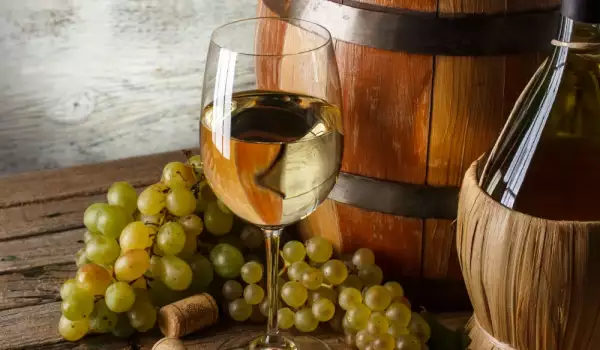


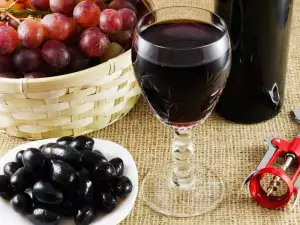
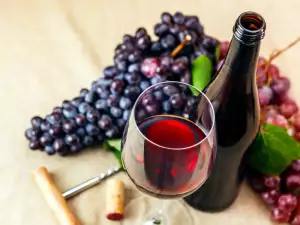
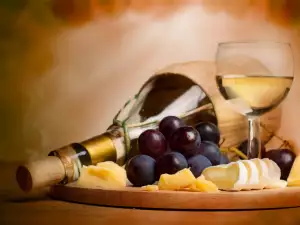

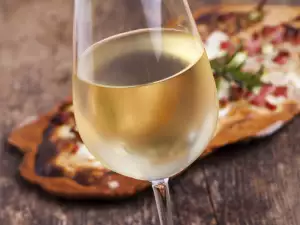
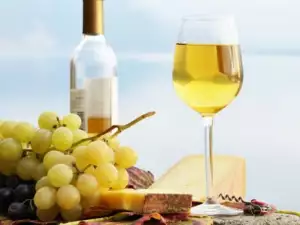
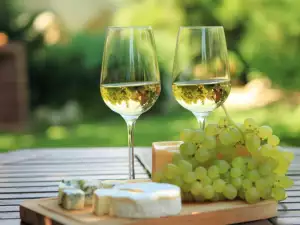

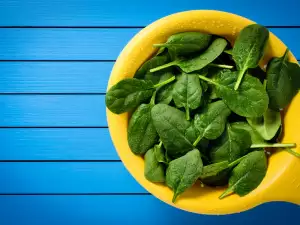
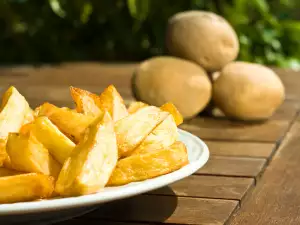


Comments